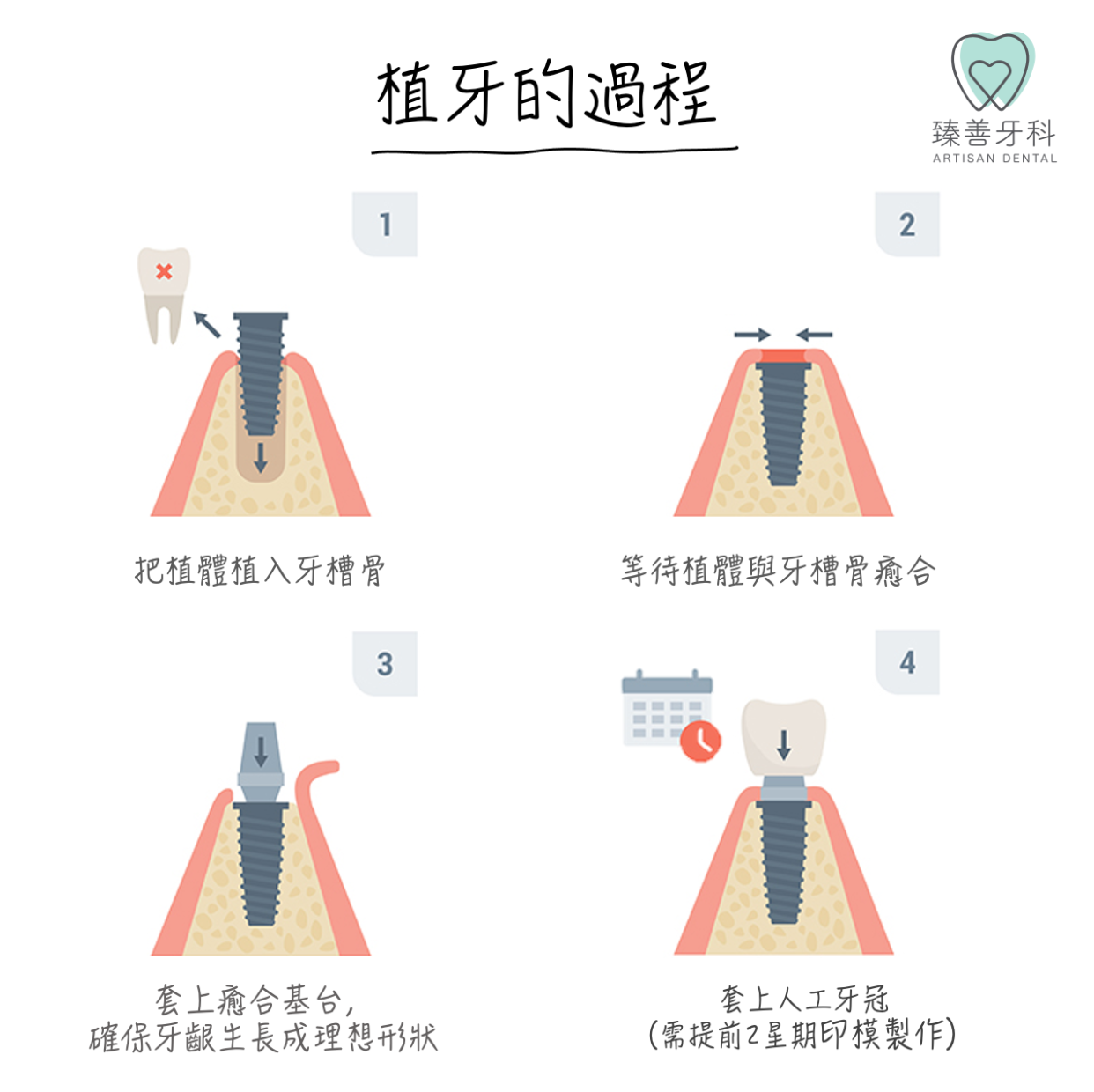In fact, the principle of dental implant bone grafting is similar to that of planting a tree. The prerequisite for the success of dental implantation is a stable foundation. If the thickness or hardness of the alveolar bone at the implant site is insufficient, it will seriously affect the stability of the implant. The purpose of bone grafting is to establish a solid foundation for dental implantation, ensuring that the implant is firmly rooted in the jawbone and making the dental implant more stable and durable. Therefore, for patients with congenital defects, bone grafting is a crucial step in the dental implantation process.
Bone grafting is a common procedure used to increase the amount of bone in the jaw and prepare the site for dental implant placement. Here are some situations where bone grafting may be essential for dental implant placement:
- Insufficient bone density: The jawbone must be dense enough to support the dental implant. If the bone is too thin or weak, a bone graft may be needed to provide additional support for the implant.
- Tooth loss: When a tooth is lost, the surrounding bone begins to deteriorate. If too much bone is lost, a bone graft may be necessary to rebuild the bone and provide a stable foundation for the implant.
- Gum disease: Gum disease can cause bone loss and weaken the jawbone. If the bone is too weak to support the implant, a bone graft may be required.
- Sinus problems: The sinuses are located above the upper jawbone, and if they are too close to the implant site, they may need to be moved to make room for the implant. This requires a bone graft to provide additional support to the jawbone.
- Trauma: Trauma to the jawbone can cause bone loss and weaken the jawbone. In these cases, a bone graft may be necessary to rebuild the bone and provide a stable foundation for the implant.
In summary, bone grafting is essential for dental implant placement when there is insufficient bone density, tooth loss, gum disease, sinus problems, or trauma to the jawbone. Your dentist will evaluate your specific case and determine if a bone graft is necessary before proceeding with dental implant placement.
In some cases, dental implants can be placed immediately after bone grafting. This is known as immediate implant placement after bone grafting. However, this approach depends on several factors, including the amount of bone grafting required, the condition of the implant site, and the overall health of the patient.
Your dentist will evaluate your specific case and determine if immediate implant placement is possible or if a waiting period is necessary to ensure proper healing of the bone graft before placing the implant.

















